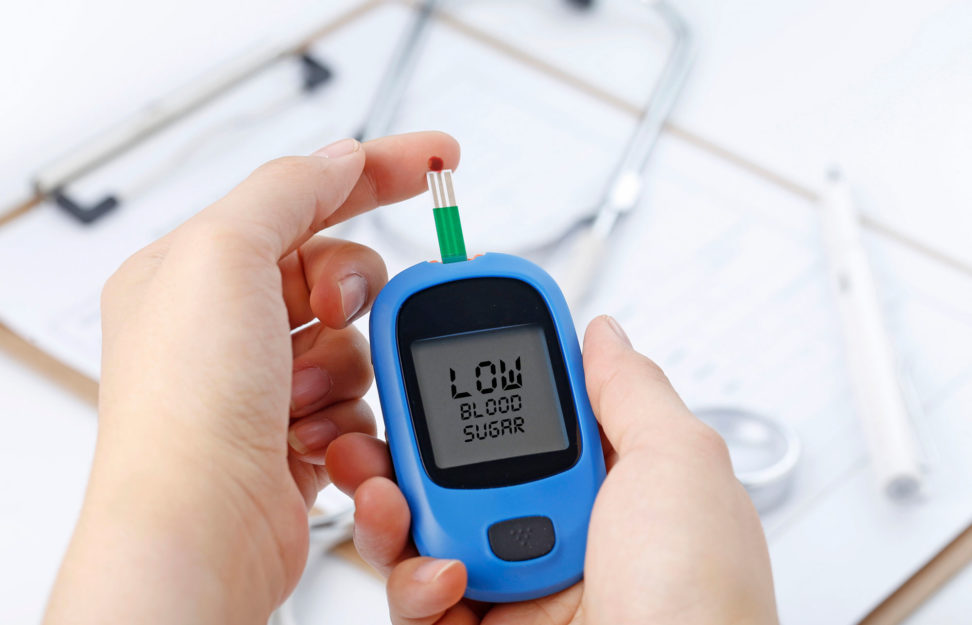Type 2 diabetes is a chronic medical condition that affects millions of people worldwide. It is a metabolic disorder characterized by high levels of blood sugar (glucose) resulting from the body’s inability to effectively use insulin. In this comprehensive article, we will explore the causes, symptoms, and various treatment options available for managing type 2 diabetes. Understanding this condition is crucial for those living with it and for those looking to prevent its onset.

Contents
Causes of Type 2 Diabetes
Type 2 diabetes develops when the body becomes insulin resistant or does not produce enough insulin to maintain normal blood sugar levels. Several factors contribute to its development:
- Genetics: A family history of diabetes can increase the risk of developing type 2 diabetes. Certain genes may also predispose individuals to this condition.
- Obesity: Being overweight or obese is a significant risk factor for type 2 diabetes. Excess body fat, especially around the abdomen, can lead to insulin resistance.
- Sedentary Lifestyle: Lack of physical activity can contribute to obesity and insulin resistance. Regular exercise helps improve insulin sensitivity.
- Poor Diet: Consuming a diet high in sugary foods, refined carbohydrates, and saturated fats can increase the risk of developing type 2 diabetes. A diet rich in fruits, vegetables, whole grains, and lean proteins is recommended.
- Age: The risk of type 2 diabetes increases with age, particularly in individuals over 45.
- Gestational Diabetes: Women who have experienced gestational diabetes during pregnancy are at a higher risk of developing type 2 diabetes later in life.
- Prediabetes: Prediabetes is a condition where blood sugar levels are higher than normal but not yet at the level of diabetes. Without intervention, prediabetes can progress to type 2 diabetes.
Symptoms of Type 2 Diabetes
Type 2 diabetes often develops gradually, and its symptoms may not be noticeable in the early stages. However, as the condition progresses, the following symptoms may become more apparent:
- Increased Thirst and Frequent Urination: Elevated blood sugar levels can cause excessive thirst and frequent urination.
- Fatigue: Feeling tired or lethargic is common in individuals with type 2 diabetes due to the body’s inability to effectively use glucose for energy.
- Unexplained Weight Loss: Some individuals with type 2 diabetes may experience weight loss despite an increase in appetite. This occurs because the body is not able to properly use glucose, so it turns to fat and muscle for energy.
- Blurred Vision: High blood sugar levels can affect the eyes, leading to blurred vision.
- Slow Healing Wounds: Diabetes can impair the body’s ability to heal wounds, increasing the risk of infections.
- Frequent Infections: People with diabetes may be more prone to infections, including urinary tract infections and skin infections.
- Tingling or Numbness: Nerve damage, known as diabetic neuropathy, can cause tingling or numbness in the hands and feet.
- Darkened Skin Patches: A condition called acanthosis nigricans can cause dark, thickened patches of skin, often on the neck, armpits, or groin.
- Itchy Skin: Diabetes can lead to dry, itchy skin, especially in the lower legs.
- Yeast Infections: Women with type 2 diabetes may be more susceptible to yeast infections.
It’s important to note that not everyone with type 2 diabetes will experience all these symptoms, and some individuals may remain asymptomatic until complications develop. If you suspect you have diabetes or are experiencing any of these symptoms, it’s crucial to seek medical attention promptly for diagnosis and treatment.
Diagnosis of Type 2 Diabetes
Diagnosing type 2 diabetes typically involves the following steps:
- Fasting Blood Sugar Test: This test measures your blood sugar level after an overnight fast. A fasting blood sugar level of 126 milligrams per deciliter (mg/dL) or higher on two separate occasions is indicative of diabetes.
- Oral Glucose Tolerance Test (OGTT): This test involves fasting overnight and then drinking a sugary solution. Blood sugar levels are measured periodically over the next few hours. A blood sugar level of 200 mg/dL or higher two hours after drinking the solution indicates diabetes.
- Hemoglobin A1c Test: This blood test provides an average of your blood sugar levels over the past two to three months. An A1c level of 6.5% or higher is indicative of diabetes.
Once diagnosed, it’s essential to work closely with a healthcare provider to develop a personalized treatment plan.
Treatment Options for Type 2 Diabetes
The management of type 2 diabetes involves a combination of lifestyle changes, medications, and, in some cases, insulin therapy. The primary goals of treatment are to regulate blood sugar levels, prevent complications, and improve overall quality of life.
- Lifestyle Modifications:
a. Diet: Adopting a balanced diet that focuses on whole grains, fruits, vegetables, lean proteins, and healthy fats is essential. Monitoring carbohydrate intake can help regulate blood sugar levels. Some individuals may benefit from working with a registered dietitian to create a tailored meal plan.
b. Exercise: Regular physical activity can improve insulin sensitivity and help with weight management. Aim for at least 150 minutes of moderate-intensity aerobic exercise or 75 minutes of vigorous-intensity exercise per week.
c. Weight Management: Achieving and maintaining a healthy weight is crucial for managing type 2 diabetes. Even modest weight loss can have a significant impact on blood sugar control.
d. Stress Management: Chronic stress can affect blood sugar levels. Techniques such as yoga, meditation, and deep breathing exercises can help reduce stress.
- Oral Medications:
a. Metformin: Metformin is often the first-line medication for type 2 diabetes. It helps the body use insulin more effectively and reduces glucose production by the liver.
b. Sulfonylureas: These medications stimulate the pancreas to release more insulin.
c. DPP-4 Inhibitors: Dipeptidyl peptidase-4 (DPP-4) inhibitors increase insulin release and decrease glucose production.
d. GLP-1 Receptor Agonists: Glucagon-like peptide-1 (GLP-1) receptor agonists increase insulin production, slow digestion, and reduce appetite.
e. SGLT2 Inhibitors: Sodium-glucose cotransporter-2 (SGLT2) inhibitors reduce glucose reabsorption by the kidneys and lower blood sugar levels.
- Insulin Therapy:Some individuals with type 2 diabetes may eventually require insulin therapy to manage their blood sugar effectively. Insulin can be administered through injections or an insulin pump, and the type and frequency of insulin may vary from person to person.
- Regular Monitoring: Individuals with type 2 diabetes should regularly monitor their blood sugar levels at home using a glucometer. This helps track how well treatment is working and allows for adjustments as needed.
-
Annual Check-Ups: Regular medical check-ups are essential to monitor diabetes-related complications, such as eye, kidney, nerve, and heart problems. Your healthcare provider will also assess your overall. Click here to read more amazing article







